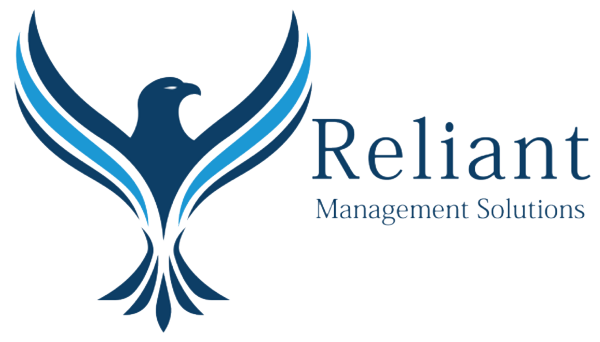In today’s fast-paced consumer-driven economy, borrowing has become a deeply ingrained habit for many Americans. From credit card debt to student loans and mortgages, the reliance on borrowed money is widespread. But what drives this incessant borrowing? Let’s explore the key reasons why Americans can’t seem to break free from this financial cycle.
1. The Cost of Living
The rising cost of living is a significant factor. Over the past few decades, wages have not kept pace with inflation and the cost of essential goods and services. Housing, healthcare, education, and transportation costs have all soared, making it difficult for many to afford necessities without resorting to credit.
2. Easy Access to Credit
Credit is more accessible than ever. Financial institutions and credit card companies actively encourage borrowing through enticing offers, low-interest introductory rates, and rewards programs. The ease of obtaining credit cards, personal loans, and other forms of financing can lead to a cycle of borrowing that is hard to break.
3. Consumer Culture
The American consumer culture heavily influences spending behavior. There is a societal pressure to own the latest gadgets, cars, and fashion. Advertising and social media amplify this pressure, making it difficult for individuals to resist the urge to buy now and pay later. This culture promotes instant gratification over long-term financial health.
4. Education and Student Loans
Education is a critical factor in the borrowing landscape. With the cost of higher education skyrocketing, students and their families often have no choice but to take out loans. The burden of student loan debt can follow individuals for decades, impacting their ability to save and invest.
5. Economic Uncertainty
Economic uncertainty and job instability also drive borrowing. In an unpredictable job market, many people turn to credit to cover emergencies and everyday expenses. This reliance on credit can become a safety net that, ironically, can lead to deeper financial insecurity.
6. Lack of Financial Literacy
A lack of financial literacy contributes to poor money management and increased borrowing. Many Americans do not receive adequate education on budgeting, saving, and investing. Without this knowledge, it’s easy to fall into the trap of relying on credit for financial stability.
7. Medical Expenses
Healthcare costs in the United States are among the highest in the world. Even with insurance, medical bills can be overwhelming. Unexpected medical expenses often force individuals to use credit to cover the costs, leading to significant debt.
8. Minimal Savings
Many Americans have minimal savings to fall back on in times of need. According to various studies, a large percentage of people cannot cover a $400 emergency expense without borrowing. This lack of savings creates a dependency on credit cards and loans for unplanned expenses.
Breaking the Cycle
Breaking the borrowing cycle requires a multifaceted approach:
Financial Education: Improving financial literacy through education can empower individuals to make informed decisions about money management, saving, and investing.
Budgeting: Creating and adhering to a budget can help manage expenses and reduce reliance on credit.
Emergency Funds: Building an emergency fund provides a financial cushion that can prevent the need to borrow in times of crisis.
Policy Changes:Advocating for policies that address wage stagnation, affordable education, and healthcare can reduce the financial pressures that lead to excessive borrowing.
While borrowing can provide temporary relief and enable certain investments, it’s crucial to understand the long-term implications. By addressing the underlying causes of borrowing and promoting financial health, Americans can work towards a more secure and debt-free future.






Recent Comments